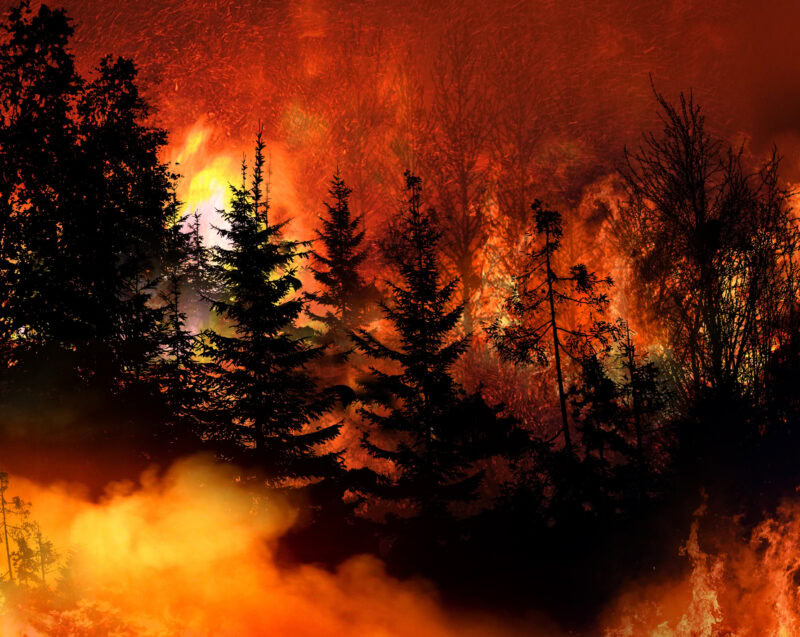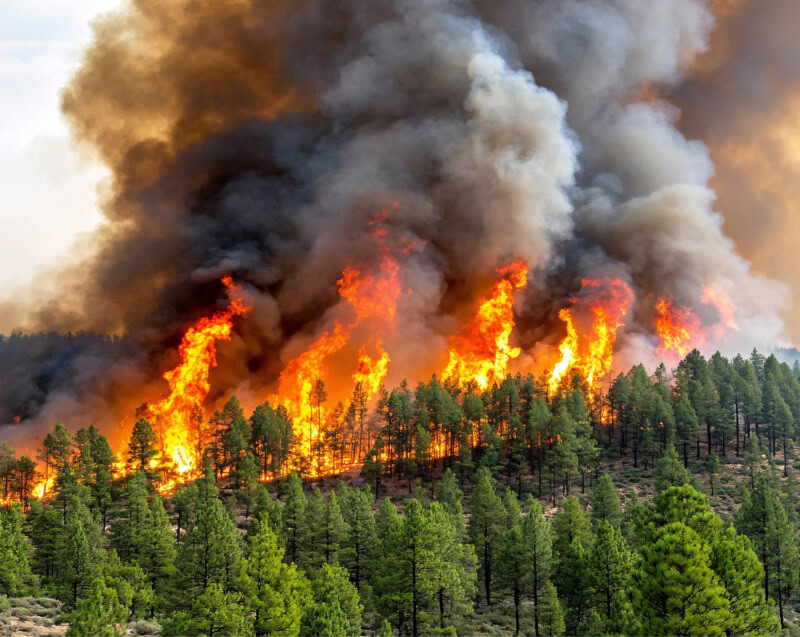As we observe National Wildfire Awareness Month, we emphasize the significance of proactive measures in protecting lives, industries, and our precious ecosystems. Wildfires can devastate not only residential areas but also industrial regions, posing a significant risk to public safety and economic stability. As an environmental health and safety company, we aim to raise awareness about wildfire safety and preparedness, focusing on both the general public and the industrial sector.
Wildfires and Industrial Impacts:
Wildfires are natural disasters that can rapidly spread: driven by dry vegetation, strong winds, and high temperatures. They not only threaten residential areas but can also wreak havoc on industrial sites, causing severe economic and environmental consequences. Industries located near wildland-urban interfaces or those dealing with flammable materials need to prioritize wildfire preparedness to mitigate potential risks effectively.
Prevention and Preparedness for Industrial Areas:
Industries must take proactive steps to prevent and prepare for wildfires. Here are essential measures to safeguard industrial areas:
- Risk Assessment: Conduct comprehensive risk assessments to identify potential wildfire hazards within industrial sites. Evaluate flammable materials, vegetation management, fire suppression systems, and emergency response protocols.
- Firebreaks and Defensible Space: Create and maintain firebreaks and defensible spaces around industrial areas by clearing vegetation, debris, and combustible materials. Ensure regular maintenance and consider installing fire-resistant barriers to minimize the risk of fire spread.
- Fire Safety Training: Provide comprehensive fire safety training for employees, emphasizing proper handling and storage of flammable materials, evacuation procedures, and the use of fire extinguishers. Conduct regular drills to reinforce preparedness.
- Emergency Response Plan: update your site-specific emergency response plan to include wildfires that integrates with local emergency services. Clearly define roles, responsibilities, and communication channels during a wildfire event. Regularly review and update the plan to reflect changing conditions and regulations.
- Collaboration with Authorities & Neighbors: Establish strong partnerships with neighboring businesses, communities, and local fire departments and emergency management agencies. Collaborate on fire prevention initiatives, participate in community wildfire protection programs, and stay informed about local fire restrictions and regulations.
During a Wildfire Threat:
In the event of a wildfire approaching an industrial area, swift action and preparedness are critical:
- Evacuation Protocols: Implement well-defined evacuation protocols for employees, ensuring their safety is paramount. Designate assembly areas, establish communication channels, and account for everyone during evacuations.
- Asset Protection: Prioritize the safety of critical infrastructure, equipment, and hazardous materials. Shut down operations if necessary and implement safety measures such as covering or relocating sensitive equipment to minimize potential damage.
- Cooperation with Firefighters: Coordinate with firefighting personnel, providing them with access to critical information about the industrial site. Maintain open lines of communication to facilitate their response and ensure a swift and effective firefighting operation.
- Environmental Impact Mitigation: Collaborate with environmental agencies to mitigate potential environmental impacts resulting from industrial activities during or after a wildfire event. Implement measures to prevent runoff, manage hazardous materials, and restore affected areas.
National Wildfire Awareness Month serves as a timely reminder for industries to prioritize wildfire safety and preparedness. By taking preventive actions, conducting risk assessments, and fostering strong collaborations, industrial areas can minimize the potential risks and impacts associated with wildfires. Let us unite in our commitment to protecting lives, safeguarding industries, and preserving our natural environment. Together, we can build community resilience and ensure a safer future for all.




